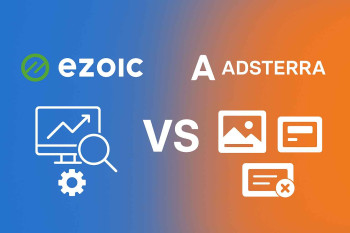WooCommerce vs Shopify
Starting an online store in India has never been easier. With platforms like WooCommerce and Shopify, sellers can set up an e-commerce business without heavy investment in coding or technical expertise.
But here’s the real question: which platform is better for Indian sellers—WooCommerce or Shopify?
Both are powerful, but they cater to different needs. Let’s break it down.
1. Ease of Setup
WooCommerce:
WooCommerce is a plugin for WordPress. If you already have a WordPress site, you can simply install WooCommerce and set up your store. However, it requires hosting, domain setup, and some technical knowledge.Shopify:
Shopify is a hosted solution. You simply sign up, choose a plan, and start building your store using drag-and-drop tools. It’s more beginner-friendly.
👉 Winner: Shopify (easier for first-time sellers).
2. Cost & Pricing
WooCommerce:
The plugin itself is free. But you need to pay for hosting, domain, SSL, and premium themes/plugins. On average, an Indian seller might spend ₹5,000–₹10,000 annually.Shopify:
Shopify charges a monthly subscription starting around $25 (₹2,000). In addition, there are transaction fees unless you use Shopify Payments (not yet widely available in India).
👉 Winner: WooCommerce (more flexible and cost-effective in the long run).
3. Payment Gateways in India
WooCommerce:
Supports Indian payment gateways like Razorpay, PayU, Paytm, and UPI integrations. Very flexible for local sellers.Shopify:
Offers Razorpay and PayPal integrations, but fewer local gateway options compared to WooCommerce.
👉 Winner: WooCommerce (better compatibility with Indian payment methods).
4. Customisation & Flexibility
WooCommerce:
Since it’s open-source, you can customise almost everything—from checkout pages to product displays. Thousands of plugins are available.Shopify:
Customisation is possible but limited to Shopify’s ecosystem. You’re restricted to what Shopify allows.
👉 Winner: WooCommerce (perfect for sellers who want control and flexibility).
5. Support & Maintenance
WooCommerce:
Support is community-driven. You may need to rely on forums or hire developers if issues come up.Shopify:
Offers 24/7 customer support, making it easier for beginners who need quick help.
👉 Winner: Shopify (better official support).
6. Scalability
WooCommerce:
Can handle large stores but requires proper hosting and technical expertise to scale smoothly.Shopify:
Scales automatically, no need to worry about server performance.
👉 Winner: Shopify (hassle-free scalability).
Final Verdict: Which is Best for Indian Sellers?
If you're looking for ease of use, quick setup, and professional support, Shopify is a great option.
If you want cost savings, flexibility, and better integration with Indian payment gateways, WooCommerce is the winner.
👉 Our Recommendation:
For small sellers, startups, or those new to e-commerce, start with Shopify.
For growing businesses or sellers focused on Indian customers, go with WooCommerce.
Both platforms can help Indian sellers succeed—it just depends on your business goals and budget.









